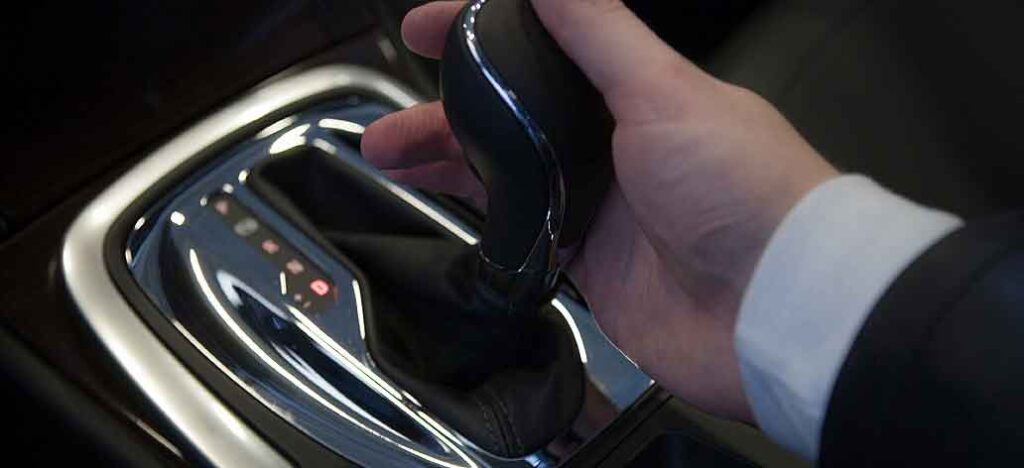
When to switch automatic transmission to manual mode
Automatic transmissions are increasingly replacing manual transmissions, and not only in the US market. Everyone knows that the machine has long had an operating mode that simulates manual switching. In practice, this can even be very useful. Experts give some advice on when it is appropriate to do so.
The most obvious case is overtaking
You can use manual mode to switch to a higher torque and increase speed. This is a more effective way than releasing the gas pedal (if the speed is reduced to a certain point, the box will switch to a lower speed so as not to overload the motor).
If the driver uses the second method, then before the speed changes, the car will significantly slow down. In addition, manual mode allows you to more accurately control the engine speed.

Slipping at the start
The second gear “allows” us to eliminate slipping, which inevitably can happen in the first gear, if the motor is powerful. More modern automatic transmissions with sophisticated software are equipped with programmed modes for each type of road surface.
Traffic on long passes
Long trips can sometimes be more convenient using manual mode. If, for example, a car moves along a lingering hill, then the machine may begin to “pull” between the upper gears. To prevent this, you must switch to manual mode and block the gear sufficient for smooth movement.

Traffic jams
Manual transmission simulation on automatic transmissions is suitable for drivers who, while waiting in traffic, constantly try to switch to a higher speed in order to save fuel. This is especially true for robotic transmissions because they are more economical.

